- Catherine
- August 26, 2023
- 11:03 am
Is the module on the OSFP side of the NIC OSFP-flat? Why is the OSFP-Riding Heatsink used?

FiberMall
Answered on 11:03 am
OSFP-flat and OSFP-Riding Heatsink are two types of OSFP modules that differ in their height and heat dissipation design.
OSFP-flat has a flat top and a height of 15.5 mm, while OSFP-Riding Heatsink has a riding heat sink on the top and a height of 18.5 mm.
Both types of OSFP modules can support up to 400 Gb/s or 800 Gb/s data rates, depending on the number of electrical lanes and the modulation scheme.
The choice of OSFP module type depends on the compatibility with the connector cage and the thermal performance requirements of the system.
For example, NVIDIA ConnectX-7 adapters use OSFP-Riding Heatsink modules because they have a riding heat sink on the connector cage, which can provide better cooling for the modules. However, some other systems may use OSFP-flat modules because they have a lower profile and can fit in more compact spaces.
People Also Ask
Related Articles
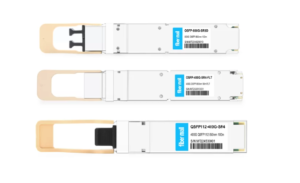
800G SR8 and 400G SR4 Optical Transceiver Modules Compatibility and Interconnection Test Report
Version Change Log Writer V0 Sample Test Cassie Test Purpose Test Objects:800G OSFP SR8/400G OSFP SR4/400G Q112 SR4. By conducting corresponding tests, the test parameters meet the relevant industry standards,
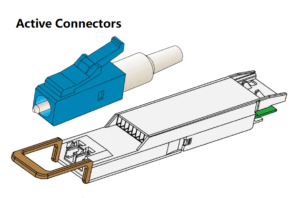
Active Connectors: LC, CS, SN, MPO, PC, APC
Active connectors are passive optical devices frequently used in conjunction with optical module interfaces. These connectors, which are attached to the optical side of a module, generally adhere to standardized
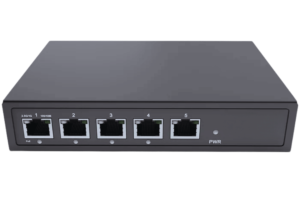
Unlock the Potential with a 2.5 GB Switch: The Ultimate Guide to Multi-Gigabit Networking
Traditional gigabit Ethernet is being replaced with multi-gigabit networking because modern computing and connectivity demands have outgrown it. This shift is driven by the need to lower cost and improve

Choosing the Best 16-Port Gigabit Ethernet Switch for Your Home Network
Setting up an easy-to-use and fast home network is becoming simpler as new technology comes out. A 16-port Gigabit Ethernet switch streaming HD content, online gaming, or smart home device
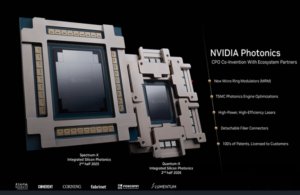
NVIDIA Releases Silicon Photonics CPO Switch
During GTC 2025, NVIDIA released the NVIDIA Spectrum-X (based on the Ethernet standard) and NVIDIA Quantum-X (based on the InfiniBand standard) silicon photonic network switches, enabling AI factories to connect

How to Use the XGSPON ONU Stick SFP+
Fiber-to-the-Home (FTTH) technology is revolutionizing internet connectivity. However, the closed devices provided by internet service providers often restrict users’ freedom. If you have a router or switch with an SFP+
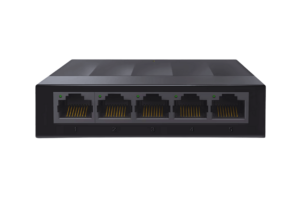
The Ultimate Guide to Choosing a 5-Port Gigabit Ethernet Switch for Your Home Network
An efficient home network system is the foundation of contemporary technology, facilitating the smooth operation of activities such as streaming, gaming, and home offices. Gigabit Ethernet routers are an integral
Related posts:
- Is the CX7 NDR 200 QSFP112 Compatible with HDR/EDR Cables?
- If the Server’s Module is OSFP and the Switch’s is QSFP112, can it be Linked by Cables to Connect Data?
- Is UFM as Functional as Managed Switch and Unmanaged Switch?
- What is the Maximum Transmission Distance Supported by InfiniBand Cables Without Affecting the Transmission Bandwidth Latency?
